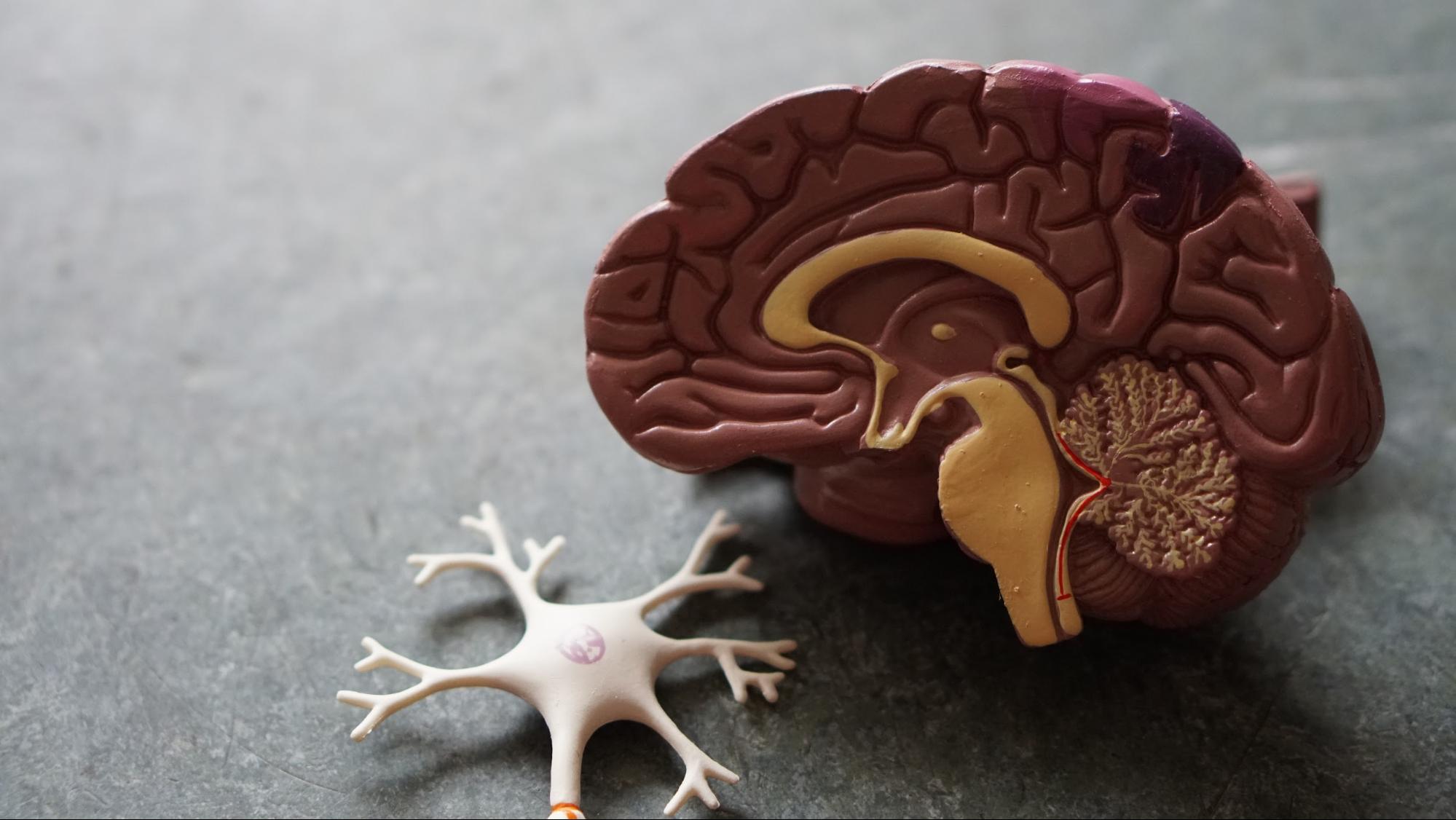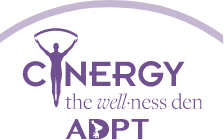What is a Stroke?
Every 40 seconds, someone in the United States has a stroke, and someone passes away from a stroke every 4 minutes. This equates close to 800,000 individuals having a stroke per year. A stroke is an ischemic attack on the brain in which blood flow is restricted. Depending on the severity and location of the stroke, it can result in various defects ranging from speech to cognitive and physical dysfunctions. There are many factors that influence the chances for an individual to have a stroke ranging from gender, age, ethnicity, diet and pre-existing conditions. Having a stroke is a leading cause of disability in individuals over the age of 65

Signs of a Stroke
- Sudden onset of numbness in the face, arm or leg, especially if it’s on only one side of the body.
- Sudden confusion, difficulty speaking and understanding speech.
- Sudden trouble seeing from one or both eyes.
- Sudden dizziness or having trouble walking due to balance.
- Sudden severe headache with no known cause.
If you believe you are having a stroke, please call 9-1-1 right away.
Can I prevent a Stroke?
Living a healthy lifestyle can help decrease the risk of having a stroke. In terms of diet, limiting foods high in sodium and saturated/trans fats will help to lower your blood pressure and cholesterol, which are two risk factors that increase your chances of having a stroke. Reducing alcohol consumption and smoking can also help in decreasing your blood pressure. Maintaining a healthy weight and engaging in routine physical activity are important as well. Generally, managing conditions such as diabetes, high blood pressure, high cholesterol and heart disease will decrease your chances of having a stroke.
What to expect after a Stroke?
There are a large variety of symptoms that occur based on the type of stroke and the location. Some common forms of problems experienced after a stroke are:
- Paralysis or weakness, particularly on one side of the body.
- Problems with executive functioning (thinking, attention, judgement, problem-solving etc.)
- Difficulty controlling expressions.
- Numbness and tingling.
- Pain in the extremities that increases with temperature changes.
- Problems with bowel and bladder control.
- Difficulty chewing and swallowing food.
- Depression.
Stroke Rehabilitation and Occupational Therapy
Seeing an Occupational Therapist can help a person who has experienced a stroke gain back some of the physical, cognitive and emotional functions that increase their ability to participate in their daily activities. Our goal is to help you achieve your highest level of independence and some of the things we may work on in therapy are:
- Training in self-care ADLs (activities of daily living) such as bathing, dressing, grooming, and feeding.
- Working on increasing upper extremity coordination, strength and fine motor skills.
- Ergonomics and skills needed to return to work.
- Working on gaining back deficits experienced such as decreased strength, sensation, cognition and visual skills.
- Teaching and promoting a healthy lifestyle to decrease the risk of another stroke.
If you have previously had a stroke or any other type of neurological disorder and want to see if you can benefit from Occupational Therapy, please feel free to reach out!
#stroke #strokesurvivor #strokerecovery #strokerehab #teamcynergy #upperextremity #patientreview #happypatient #handtherapy #occupationaltherapy #certifiedhandtherapist #certifiedhandtherapy #cht #handinjury #handinjuryprevention #grip #gripstrength #grip #strengthtraining #rehabilitation #orthopedicsurgery #arthritis #muenstersplint #splinting #we💙healingourpatients #nyc
